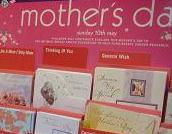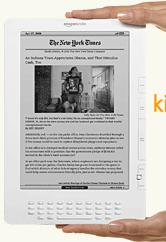Government misses tax break opportunity
Wayne Swan, Treasurer, and Craig Emerson, the Minister for Small Business tonight are making plenty of noise about the Government’s decision to increase the tax break for capital investment in small business – from 30% to 50% for items purchased prior to the end of this year. Their joint press release outlines examples:
The increased Tax Break provides small businesses with an even greater incentive to invest in new capital items, such as computer hardware and business vehicles, and to make capital improvements to existing machinery and equipment.
While the 50% tax break is an incentive, I’d note that computer hardware without any form of software is no investment at all.
If the government was serious about helping small business improve productivity they would have extended the temporary tax break to business software, especially Australian business software.
Smart business software, coupled with quality hardware and appropriate training could help a small business better cope with the challenges of today’s marketplace. Indeed, good software could help small businesses more effectively compete.
This is a missed opportunity by the Federal Government. I was the only newsagency representative to make a submission on this. Unfortunately it did not achieve its goal.
Disclosure: I own Tower Systems, the software company serving more newsagents than any other – in excesss of 1,600 Australian newsagencies.



